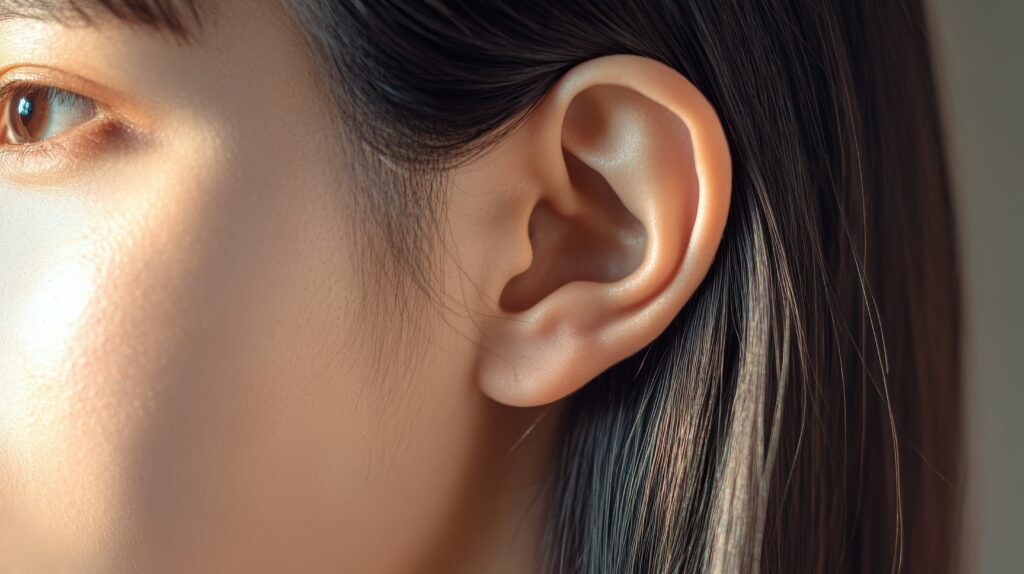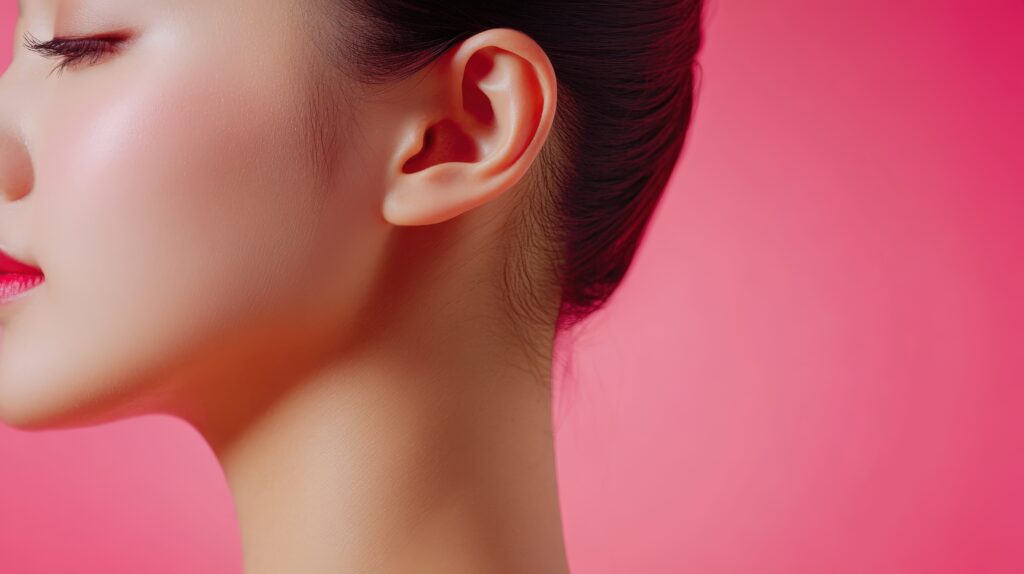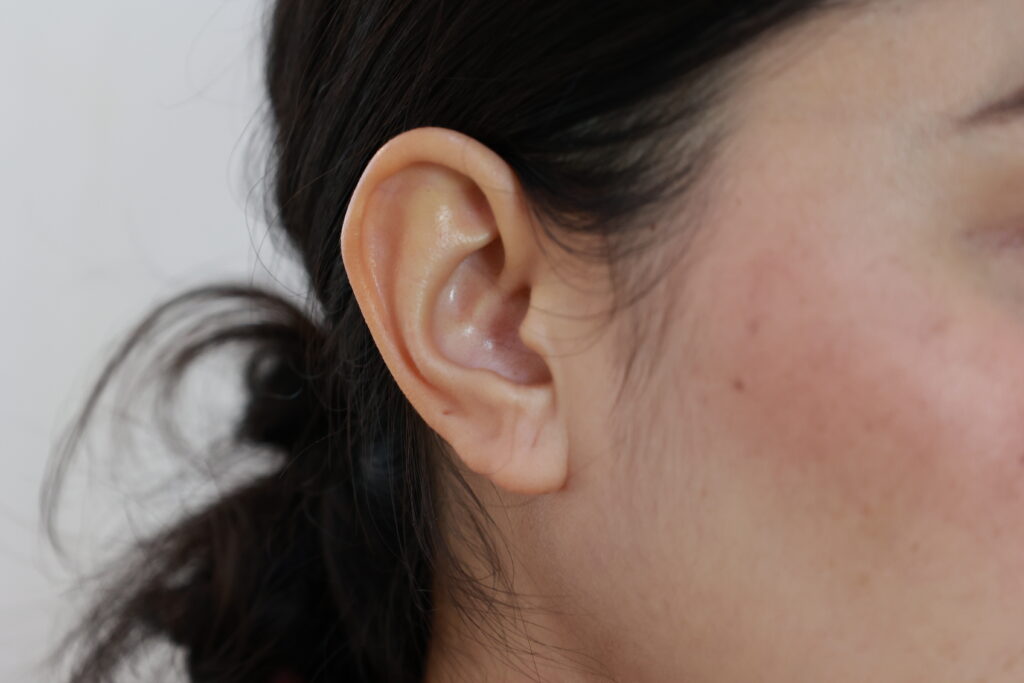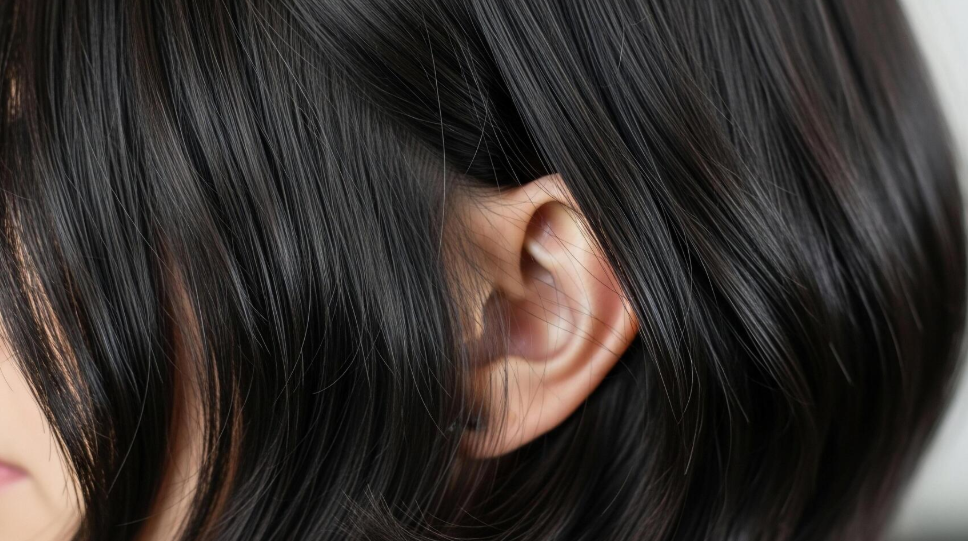
Meta Description
Introduction: The Underrated Role of the External Ear
When was the last time you thought about your ears—beyond using them to hold your glasses or earbuds? Most of us take them for granted. Yet, the external ear anatomy is far more important than you might think. From catching sound waves to protecting your inner ear, your ear’s structure plays a vital role in daily life. Surprisingly, it even influences your identity and social interactions.
What Is the External Ear?
The Three Main Parts of the Ear
Your ear isn’t just a simple organ. It’s divided into three major regions:
External ear—the visible part and ear canal.
Middle ear—where sound vibrations are amplified.
Inner ear—responsible for hearing and balance.
Today, we’ll focus on the external ear and why its structure truly matters.
The Role of the External Ear in Hearing
Think of your external ear as a satellite dish. It captures sound waves and funnels them into your auditory canal, making sure you don’t miss the world around you.

Anatomy of the External Ear
The Auricle (Pinna)
The auricle, or pinna, is the ear’s outermost visible flap made of cartilage and skin. Its distinct shape helps channel sound waves straight into the ear canal.
Helix and Antihelix
The helix forms the outer rim, while the antihelix provides structural support. Together, they act like natural sound filters.
Lobule
The soft earlobe may seem decorative, but it contains blood vessels that aid in circulation and warmth.
Tragus and Antitragus
These small cartilage structures help block unwanted noise and amplify useful sounds.
The External Auditory Canal
A narrow tube leading inside, the ear canal protects your eardrum while guiding sound waves inward.
The Tympanic Membrane (Eardrum)
When sound strikes the eardrum, it begins to vibrate, converting those sound waves into mechanical signals for the middle ear.
Functions of the External Ear
Sound Collection and Direction
The pinna helps locate where sounds come from. Without it, you’d struggle to tell if a sound came from in front, behind, or above you.
Protection Against Infections and Debris
The ear canal has a gentle curve that helps block dust, debris, and germs from reaching the eardrum.
Earwax Production and Its Role
Earwax isn’t gross—it’s your ear’s natural guard. It helps catch dirt and germs while maintaining moisture in the ear canal.

Why External Ear Anatomy Is So Important
Enhancing Sound Localization
The folds of the ear aren’t random; they shape sound waves, helping you determine direction and distance.
Maintaining Ear Health
A healthy structure keeps infections and blockages at bay.
Early Detection of Medical Conditions
Changes in the ear’s shape, skin, or size can sometimes signal underlying health issues.
Common External Ear Problems
Ear Infections
The outer ear can get inflamed from bacteria or fungi, especially after swimming.
Swimmer’s Ear
Moisture trapped in the canal can lead to pain, redness, and swelling.
Earwax Blockage
Too much wax can muffle sound and even cause dizziness.
Trauma and Deformities
Accidents, burns, or congenital issues can alter the ear’s shape and function.
External Ear and Balance
While balance mainly comes from the inner ear, the external ear indirectly supports it by ensuring clear sound perception—important for spatial awareness.
The Aesthetic and Social Importance of the External Ear
Cultural Views of Ear Shape
In some cultures, ear size is associated with wisdom or luck.
The Role of Ears in Identity
Your ears are as unique as your fingerprints. They play a role in personal recognition and self-image.

Medical and Surgical Importance
Reconstructive Surgery for Ear Deformities
Surgeons can rebuild ears for those born with defects or those who lost ears in accidents.
Hearing Aids and the External Ear
Modern hearing aids rely heavily on the ear’s shape to fit comfortably and function effectively.
Protecting and Caring for Your External Ear
Cleaning Ears Safely
Keep cotton swabs out of the ear canal, as pushing them inside may lead to damage.
Preventing Damage from Loud Sounds
Always use ear protection in noisy environments.
Importance of Regular Checkups
Routine ear exams can catch problems early.
Myths About the External Ear
Ear Size and Intelligence
Big ears don’t mean smarter brains—it’s just a myth.
Piercings and Hearing Loss
Earlobe piercings don’t affect hearing, but poor hygiene can lead to infections
BUY NOW

The Future of Ear Research
Bioengineering Ear Tissue
Scientists are developing lab-grown ears for reconstructive purposes.
Advances in Hearing Technology
Upcoming hearing aids could use AI technology to improve how sounds are filtered and processed.
Why You Should Pay More Attention to Your External Ear
The external ear isn’t just for directing sound—it safeguards your inner ear, signals your overall health, and forms a key part of your identity. Giving it the care it deserves ensures better hearing, balance, and overall well-being.
Conclusion
The external ear anatomy might not get the spotlight it deserves, but it plays a starring role in our lives. From capturing sounds to shielding our inner ears and even shaping our identity, it’s more than just an appendage—it’s essential. The next time you glance in the mirror, give your ears a little more appreciation.
FAQs
Can ear shape affect hearing ability?
Yes, the special curves of your ear assist in identifying the direction of sounds
Why do some people produce more earwax than others?
Earwax production varies by genetics, age, and environment.
Can the external ear indicate health problems?
Sometimes. Changes in color, swelling, or unusual growths may signal issues.
Do big ears improve hearing?
Not necessarily. While they may collect more sound, hearing depends more on inner ear health.
How often should I clean my ears?
Gently cleaning the outer ear during showers is enough; avoid deep cleaning inside the canal.